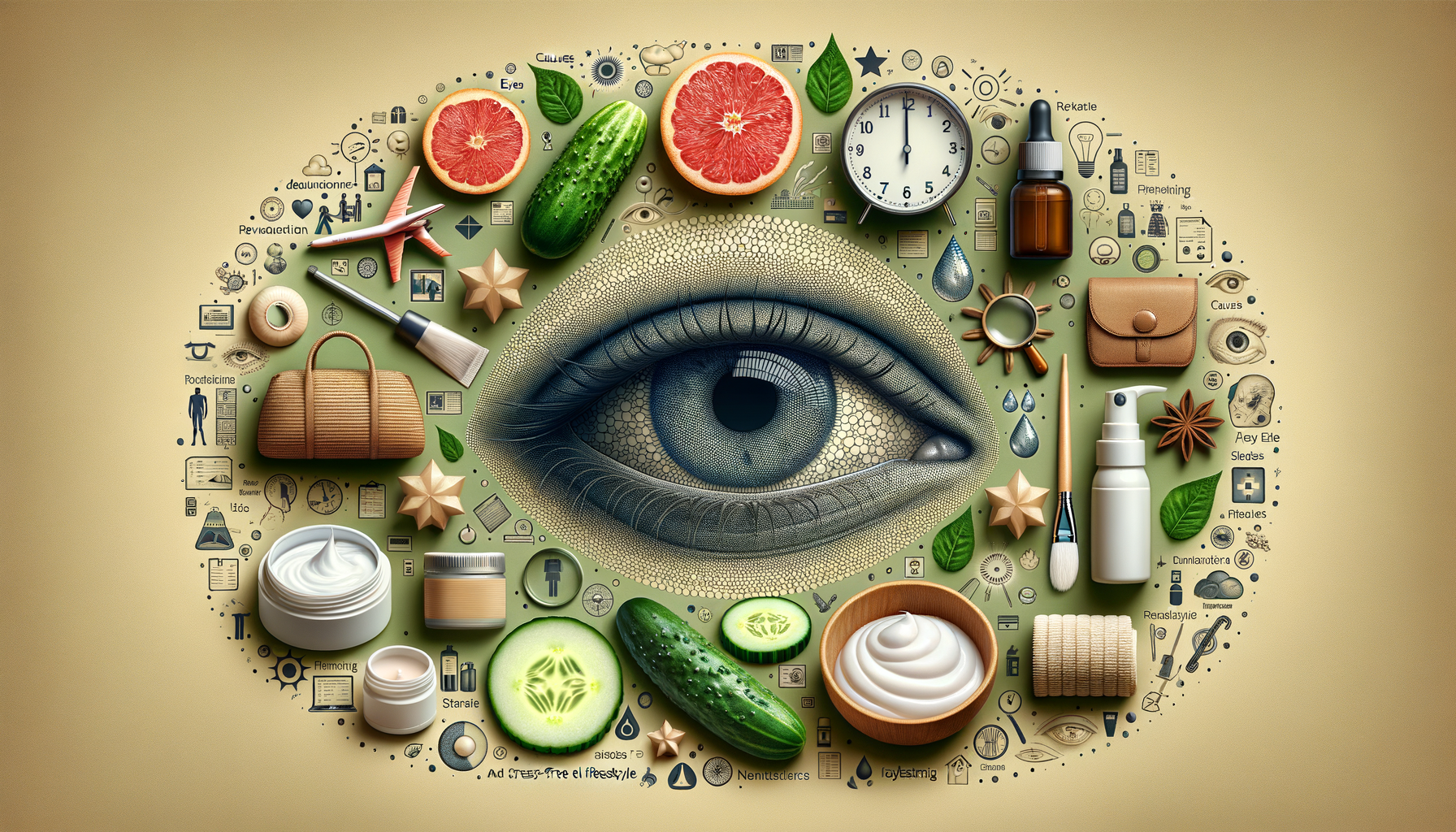
10 Tips to Prevent and Reduce Eye Bags: Causes, Doctor-Recommended Remedies, and Lifestyle Changes
Understanding the Causes of Eye Bags
Eye bags are a common cosmetic concern that can make individuals appear tired and older than they feel. Understanding the underlying causes is the first step in addressing this issue. Several factors contribute to the development of eye bags, including genetics, aging, and lifestyle choices. As we age, the skin around the eyes becomes thinner and loses its elasticity, leading to puffiness and sagging. Moreover, fluid retention, often caused by high salt intake or allergies, can exacerbate the appearance of eye bags. Genetics also play a significant role; if your parents had eye bags, you might be predisposed to them as well. Other contributing factors include lack of sleep, stress, and prolonged exposure to screens, all of which can lead to tired-looking eyes.
Doctor-Recommended Remedies for Eye Bags
When it comes to treating eye bags, consulting with a healthcare professional can provide valuable insights and recommendations. Doctors often suggest a combination of topical treatments and lifestyle changes. Topical creams containing ingredients like caffeine, hyaluronic acid, and retinol can help reduce puffiness and improve skin elasticity. These ingredients work by constricting blood vessels and promoting collagen production, leading to firmer skin. In more severe cases, medical procedures such as laser therapy or dermal fillers may be recommended to achieve more significant results. It’s crucial to discuss these options with a qualified dermatologist to determine the most suitable approach for your skin type and condition.
Natural Remedies and Lifestyle Changes
In addition to medical treatments, several natural remedies and lifestyle changes can help minimize eye bags. Ensuring adequate sleep is essential, as lack of rest can exacerbate puffiness. Aim for 7-9 hours of quality sleep each night to allow the body to repair and rejuvenate. Hydration is another crucial factor; drinking enough water helps flush out toxins and reduces fluid retention. Incorporating a balanced diet rich in vitamins and antioxidants can also improve skin health. Foods like leafy greens, berries, and nuts are excellent choices. Additionally, reducing salt intake can prevent water retention, while regular exercise promotes circulation and reduces stress, contributing to healthier-looking skin.
Makeup Tips to Conceal Eye Bags
For those looking for immediate solutions, makeup can be an effective tool to conceal eye bags. Using a color-correcting concealer can help neutralize dark circles; peach or orange tones are particularly effective for blue or purple under-eye hues. After color correction, apply a lightweight concealer that matches your skin tone to blend seamlessly. Setting the concealer with a translucent powder can prevent creasing and ensure long-lasting coverage. Additionally, highlighting the inner corners of the eyes and the brow bone can draw attention away from puffiness, creating a more awake and refreshed appearance.
When to Seek Professional Help
While eye bags are often a cosmetic concern, there are instances where professional help may be necessary. If eye bags are accompanied by pain, redness, or sudden changes in appearance, it could indicate an underlying medical condition requiring attention. Allergies, thyroid problems, or infections can manifest as eye puffiness, and a healthcare provider can help diagnose and treat these issues. Moreover, if lifestyle changes and over-the-counter treatments fail to provide relief, consulting with a dermatologist or cosmetic surgeon can offer more advanced solutions tailored to your needs. It’s essential to address any concerns promptly to ensure optimal eye health and appearance.